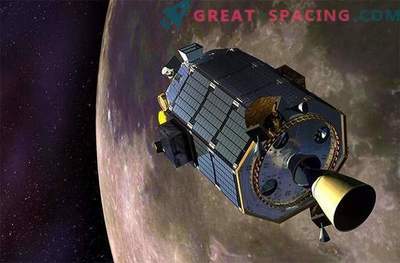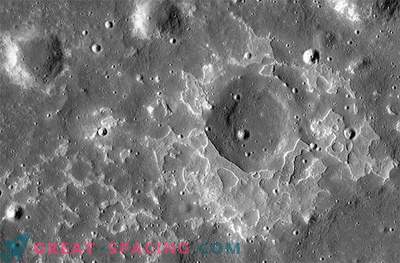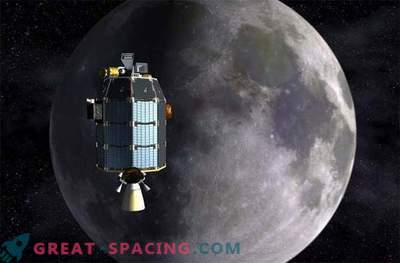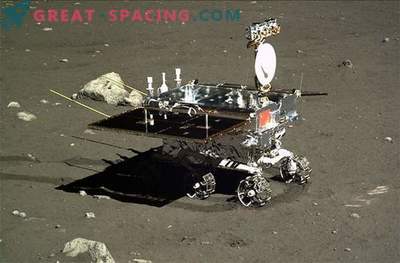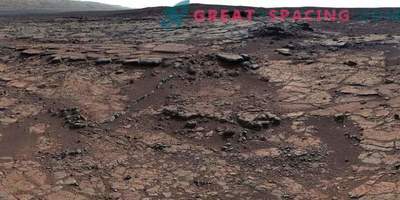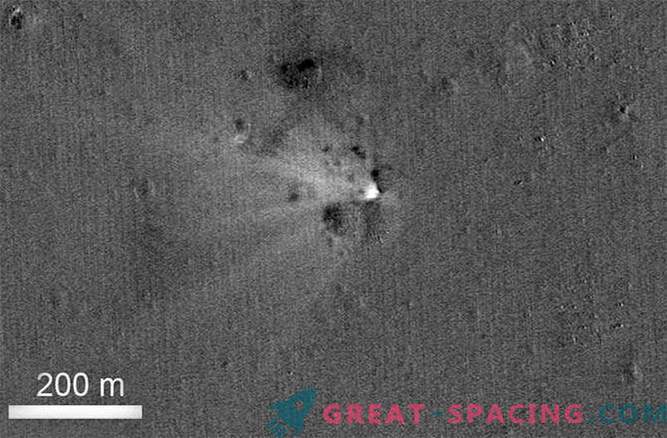
Earlier this year, NASA’s LADEE lunar orbiter intentionally crashed into the lunar surface after completing its mission. Now, NASA’s Lunar Reconnaissance Orbiter spacecraft has discovered a crash site on the far side of the moon — a small crater and a handful of debris, that's all that's left.
The LADEE or Lunar Atmosphere and Dust Environment Explorer (“Explorer of the lunar atmosphere and dust environment”) was launched in September 2013 to spend 7 months in the lunar orbit to study the lunar exosphere (fine lunar atmosphere) and the role of lunar dust in the atmosphere.
But after fulfilling their main mission due to the small amount of fuel, the mission leaders planned a series of maneuvers to reduce the apparatus. Before the direct blow, valuable science was carried out, but on April 18, NASA lost contact with the probe. LADEE crashed into the surface of the moon.
The crash on the far side of the moon was not a mistake. In an effort to avoid damage to the historic Apollo landing sites on the visible side of the moon, it was decided to break the device on the back side - a region that is already swamped with the remains of spacecraft located there. However, until today, the exact location of the LADEE collision was not known. But with LRO's Narrow Angle Camera, a tiny crater was accurately identified near the projected collision site.
“The Lunar Reconnaissance Orbiter Camera (LROC) team recently developed a new computer tool that captured a couple of images of this region before and after the LADEE collision,” said Mark Robinson, principal LROC researcher at Arizona State University in Tempe. "As it turned out, there are several small surface changes found in the projected area of impact. The largest and most distinctive feature was located 968 feet (295 meters) from the LADEE crash site. Which is very interesting!".
These observations of the last refuge of LADEE confirm that the impact occurred half a mile from the edge of the Sundman V crater at an altitude of 2590 meters.
Compared with an asteroid or meteorite impact, LADEE flew rather slowly, at a speed of “only” 3800 miles per hour (1700 meters per second). In combination with the relatively low mass and density of the spacecraft, a fairly neat crater was created, having only 10 feet (3 meters) in diameter. The crater was barely noticeable in the resolution of the LROC image. In order to facilitate the detection of the crater, it was supposed to use debris against the background of the surface, formed as a result of a collision at a distance of about 200-300 meters from the crash site. The garbage is oriented in the north-west direction, which is consistent with the trajectory of the final LADEE orbit.
“I’m happy that the LROC team was able to locate the fall of LADEE,” said Butler Hein, head of the LADEE project at the Ames Research Center in Moffett Field, California.
And who knows? Perhaps in a few decades we will observe how lunar archaeologists reconstruct pieces of solar cells and fragments of boards to fully appreciate what happened during the final stage of LADEE.
